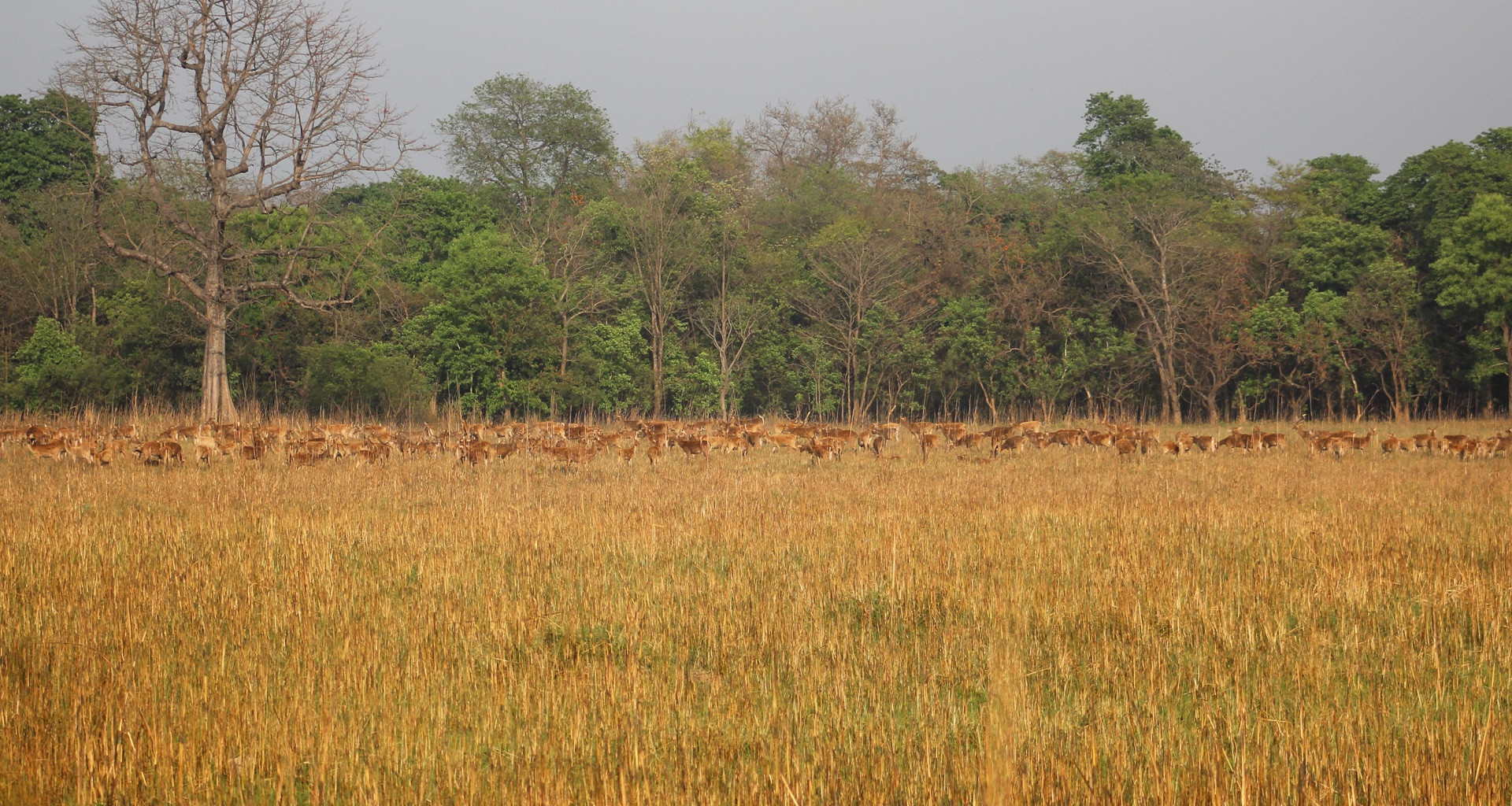Habitat management and restoration is one of the important strategies in conservation being used globally to increase the extent of ecologically important habitats with enhanced ecological functions. Today, habitat degradation and loss are among the most significant threats to wildlife conservation worldwide. In Nepal, the state of ecosystems health and habitat quality are under increasing pressure from anthropogenic causes that is further aggravated by the impacts from climate change.
NTNC is playing a key role in the restoration and management of important wetlands, grasslands and forests through protection, reforestation and afforestation; land stabilization; and water source protection. NTNC's conservation initiatives have significantly contributed to the country's target of increasing forest cover. In collaboration with the government and other conservation partners, some of our notable successes are in the effective management of forests in ACA, restoration of Barandabar and Khatha corridors, Baghmara community forest restoration, reclamation of Beeshazari and associated lakes, and management of important grassland habitats in Shuklaphata, Bardia, Banke, and Chitwan.
In the high mountain regions, NTNC continues to make important interventions to address the rapid deterioration of the Himalayan environment by developing clean and efficient energy systems along with community-based resource measures that help in the sustainable management and utilization of natural resources. Similarly, our successes in instituting a community-based protected area management approach in the three conservation areas have resulted in local stewardship for management and restoration of large tracts of land. All of these have contributed significantly to the improvement of habitat quality and connectivity subsequently leading to gradual increase in the population of important wildlife species such snow leopard, as well as enhancing important ecological services.

